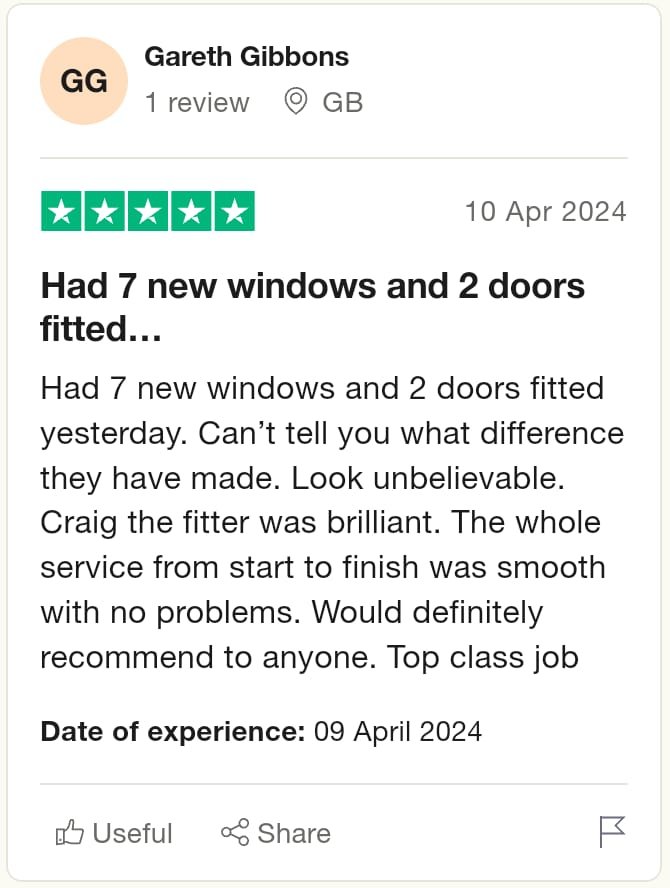triple glazed windows
Generate a warmer, less noisy, and more secure home with safe and sound Triple glazed windows…
Safe and Sound Triple Glazed Windows
Triple glazed windows, also known as triple-pane windows, consist of three panes or layers of glass, providing superior insulation compared to traditional single or double glazed windows. With an additional insulating air layer, triple glazing offers increased energy efficiency, reduced heat loss and cold drafts, enhanced noise reduction, and improved security.
Triple glazing slows down the thermal transfer of heat or cold through the unit by holding three panes of glass together in a glazing unit with two insulating air gaps. A glazed unit is more insulating the deeper it is. The depth of a standard double-glazed unit is 28 mm, whereas the Safe and sound triple-glazed unit has a significant 44 mm depth.
Safe and Sound Windows‘ triple glazed windows are five times as efficient as old double glazing and only cost 10-20% more than new double glazed units. With superior efficiency and greater comfort by reducing cold spots near windows, triple glazing can help create an energy-efficient, low-emission home.
Select from aluminum windows, wooden windows, and uPVC window frames. In addition, we provide a range of styles, such as our best-selling casement window frame, tilt and turn, Sash Windows, bay windows and Flush Casement. Safe and Sound triple glazing comes in a variety of configurations that go well with modern, classic, and historic homes alike.
Benefits of Triple Glazed Windows
Energy Efficiency
Triple glazed windows offer superior thermal performance compared to their double-glazed counterparts, making them an ideal choice for homes in colder climates. The additional glass pane and insulating layers significantly reduce heat transfer, thereby enhancing the overall energy efficiency of a building.
This translates to lower energy consumption for heating and cooling, ultimately leading to reduced carbon emissions and lower energy bills. According to The Independent reports, these windows are able to improve energy efficiency, which can in turn potentially lower your heating bills by up to 50% according to some manufacturers.
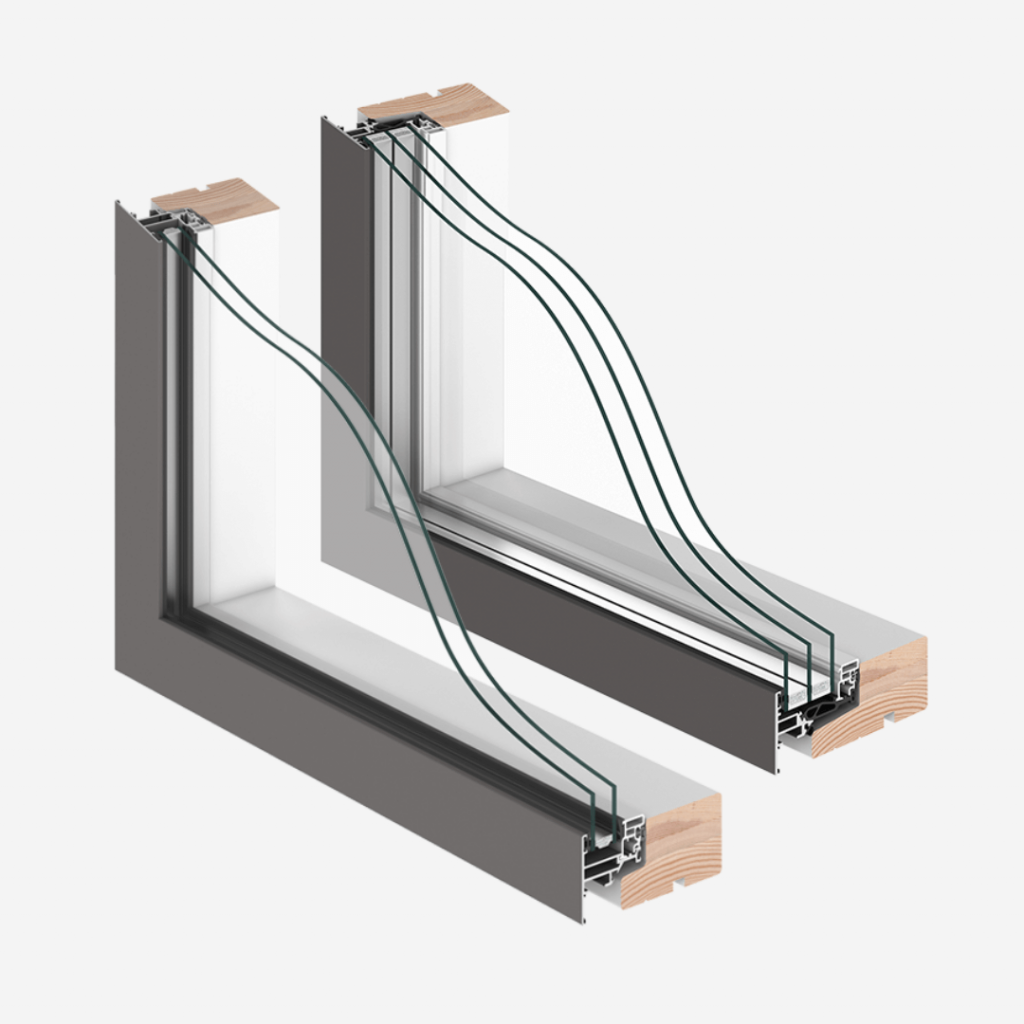
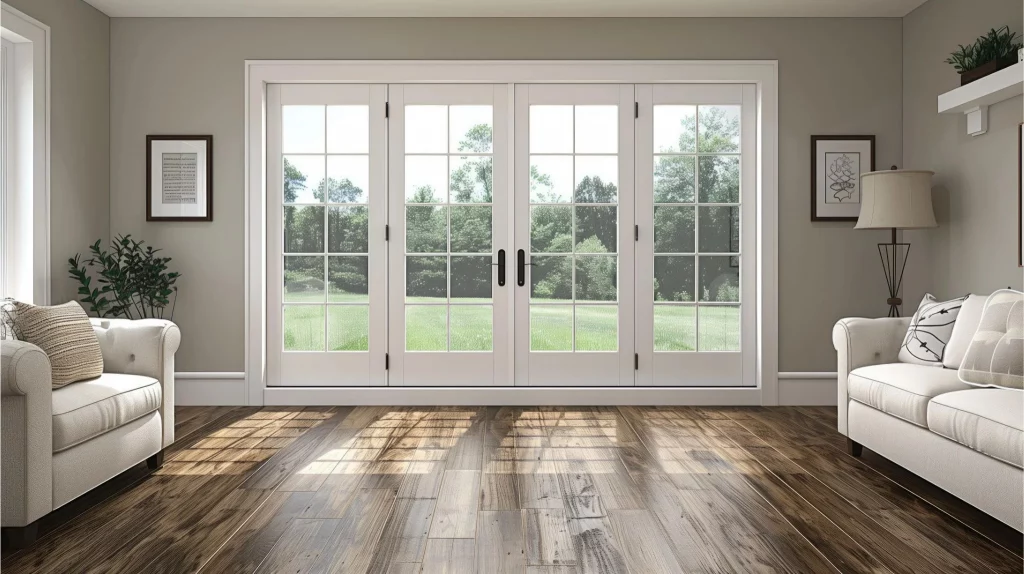
Noise Reduction
While the improvement in sound insulation is not as dramatic as the leap from single to double glazing, triple glazed windows can offer a marginal reduction in noise pollution. This is particularly beneficial in urban areas or homes near busy roads, where external noise can be a significant nuisance.
it’s important to note that for triple glazing to effectively reduce noise, specific measures need to be taken, such as using acoustic laminated glass, varying glass thicknesses, and incorporating acoustic treatments.
Thermal Comfort
Triple glazing significantly enhances a home’s thermal insulation. With three layers of glass and two air or gas-filled spaces, it reduces heat transfer more effectively than double glazing. This improved insulation means your home stays warmer in the winter and cooler in the summer, providing a comfortable living environment year-round.
Thanks to the extra layer of glass and gas, triple glazed windows can help maintain a consistent indoor temperature, even during hot summer months. This can reduce the need for air conditioning, leading to energy savings and a more comfortable home environment.

Construction and Design Features of Triple Glazed Windows
With the launch of our new windows collection, we are providing something that hasn’t been generally accessible in the UK: exceptional energy efficiency, industry-leading U-values, and a push towards sustainability.
- Frame Options
- Window Styles
- Glazing Unit Composition
Frame Options: uPVC, Wood, Aluminum
The frame material is a crucial factor in the overall performance and insulation value of triple-glazed windows. Common frame options include:
- uPVC (Unplasticized Polyvinyl Chloride): uPVC frames are budget-friendly, resistant to moisture, insects, and corrosion, and offer reasonably good insulation value with low maintenance requirements.
- Wood: Wooden frames provide a traditional, authentic look and offer superior insulating performance compared to aluminum. However, they require regular maintenance and are susceptible to moisture and insect damage.
- Aluminum: Aluminum frames are strong, lightweight, and resistant to fire. They are often used for larger window sizes that require additional structural support. However, aluminum is a good conductor of heat and cold, reducing energy efficiency.
- Fiberglass or Composite: Fiberglass frames are lightweight, durable, and offer one of the highest insulation values. They are resistant to expansion and contraction due to temperature changes, extending the life of the seals and minimizing gas escape.
Window Styles: Casement, Tilt and Turn, Bay
Triple-glazed windows are available in various styles to suit different architectural designs and functional requirements. Some popular window styles include:
- Casement Windows: Hinged windows that open by pushing outward from the side, providing maximum ventilation when open.
- Tilt and Turn Windows: These windows can tilt inward at a 90-degree or 180-degree angle, allowing for ventilation while avoiding drafts and noise from outside.
- Sliding Windows: Windows that slide open sideways, offering a convenient opening mechanism.
- Single-Hung and Double-Hung Windows: Single-hung windows slide vertically from the bottom, while double-hung windows allow both sashes to move, enabling ventilation from the top and bottom.
- Awning Windows: Similar to casement windows but hinged at the top and opening outward.
- Bay Windows: Projecting outward from the main walls, bay windows create a unique architectural feature and provide additional interior space.
The choice of window style depends on factors such as ventilation requirements, aesthetic preferences, and the overall design of the building.
Glazing Unit Composition and Materials
The glazing unit's composition and materials play a crucial role in its overall performance. By combining different glass types, manufacturers can achieve desired levels of light transmission, solar radiant heat transmission, and shading coefficient values. Additionally, the application of Low-E (low-emissivity) coatings can further enhance the energy efficiency of triple-glazed windows by reflecting harmful UV and infrared light.
- Passive Low-E coatings are designed to maximize solar heat gain, reducing reliance on artificial heating.
- Solar control Low-E coatings limit the amount of solar heat passing through, reducing energy consumption related to air conditioning.
Unlike double-glazed windows, which use the same gas between the panes, triple-pane windows have the gas injected into both air spaces, reinforcing the additional pane of glass and increasing the energy rating by approximately 20%.
Different Glass Types for Different Needs
View the safe and sound range of specialist glass and glazed units.
Is triple glazing better than double glazing?
Safe and Sound Energy-Efficient triple glazing is roughly 1.5 times more energy-efficient than safe and sound energy-saving double glass and 3 times more energy-efficient than older double glazing, according to U-value calculations.
| Aspect | Double Glazing | Triple Glazing |
|---|---|---|
| Highest Energy Rating | A+ | A++ |
| Lowest U Value | 1.20 | 0.80 |
| G Value | 0.46 | 0.40 |
| L Value | 0 | 0 |
| Cost | ££ | £££ |
Here are some frequently asked questions
Triple glazing can offer some noise reduction by adding an extra barrier against sound compared to standard double glazing. However, it’s not specifically designed for soundproofing and may sometimes worsen noise due to the creation of resonance within its two air gaps.
Yes, triple-pane windows are more effective in reducing noise compared to single-pane and double-pane windows. While single-pane windows offer the least resistance to noise, and double-pane windows provide moderate noise reduction, triple-pane windows are the most effective in minimizing noise intrusion.
Secondary glazing is the most effective option for noise reduction. It is particularly suitable for listed buildings, offering enhanced energy efficiency and significant noise reduction benefits.
The average lifespan of triple glazing is twenty years, though this can vary based on the caliber of the window units and the caliber of the installation.
Naturally, windows have a significantly longer lifespan than expected, and many well-maintained homes still contain windows that are over thirty years old.
It also relies on where a property’s windows are located. For instance, severe weathering will shorten the lifespan of a south-facing window that receives a lot of sun or a house that faces the shore.
Only 10–20% more expensive than new double-glazed windows, Safe and Sound triple glazing is five times more efficient than traditional double glazing.
Triple glazing’s increased efficiency can contribute to the construction of a home with lower carbon emissions and less energy use for heating.
Additionally, triple glazing makes your house more comfortable by reducing cold spots near windows.
In the end, it’s a decision you make for yourself depending on your needs. However, triple glazing is growing in popularity in the UK as U-values become more significant for homes and can help to improve EPC ratings.
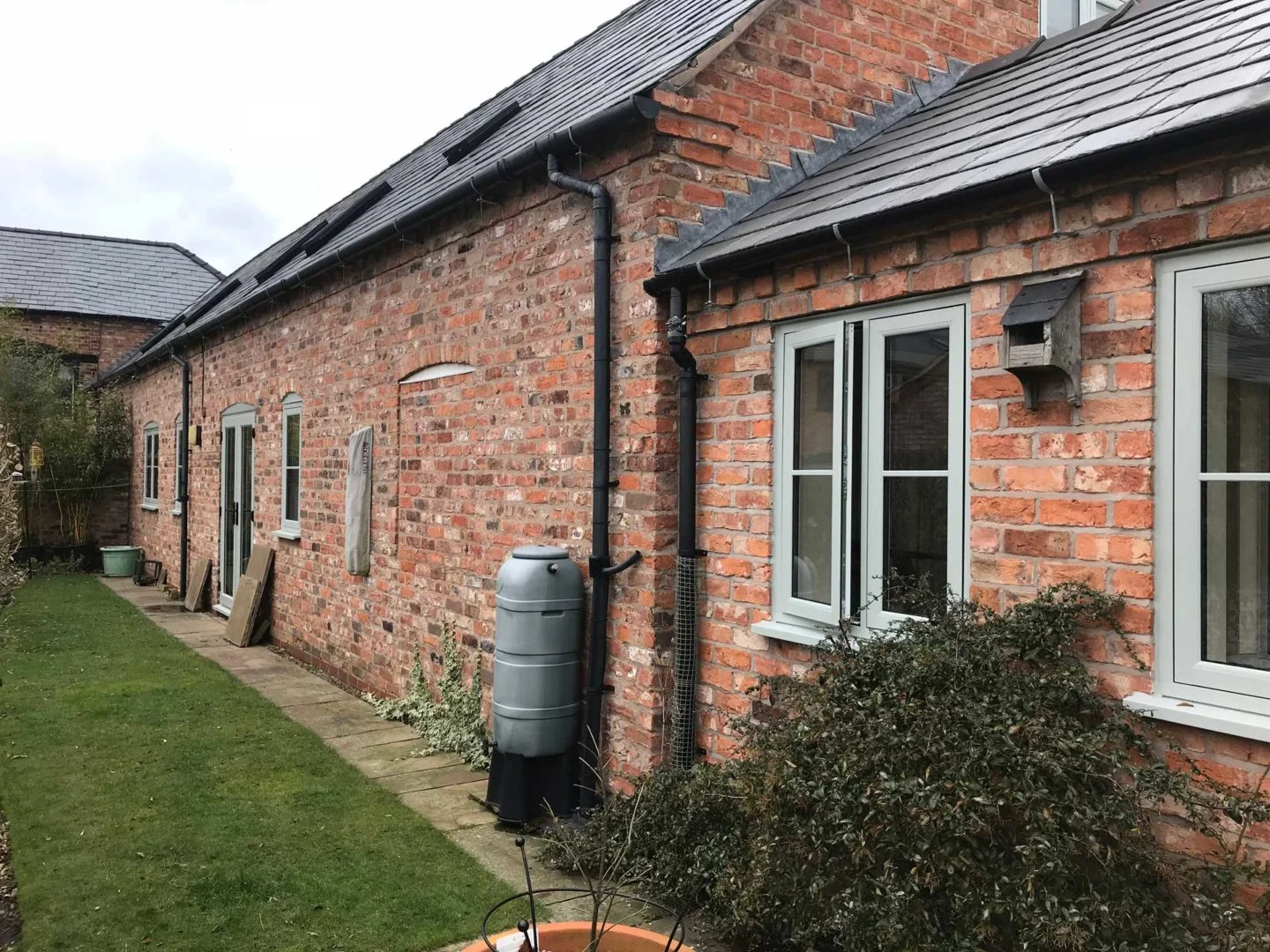
Flush Casement Windows
Flush casement windows are a popular choice for homeowners who prefer a sleek and contemporary look.
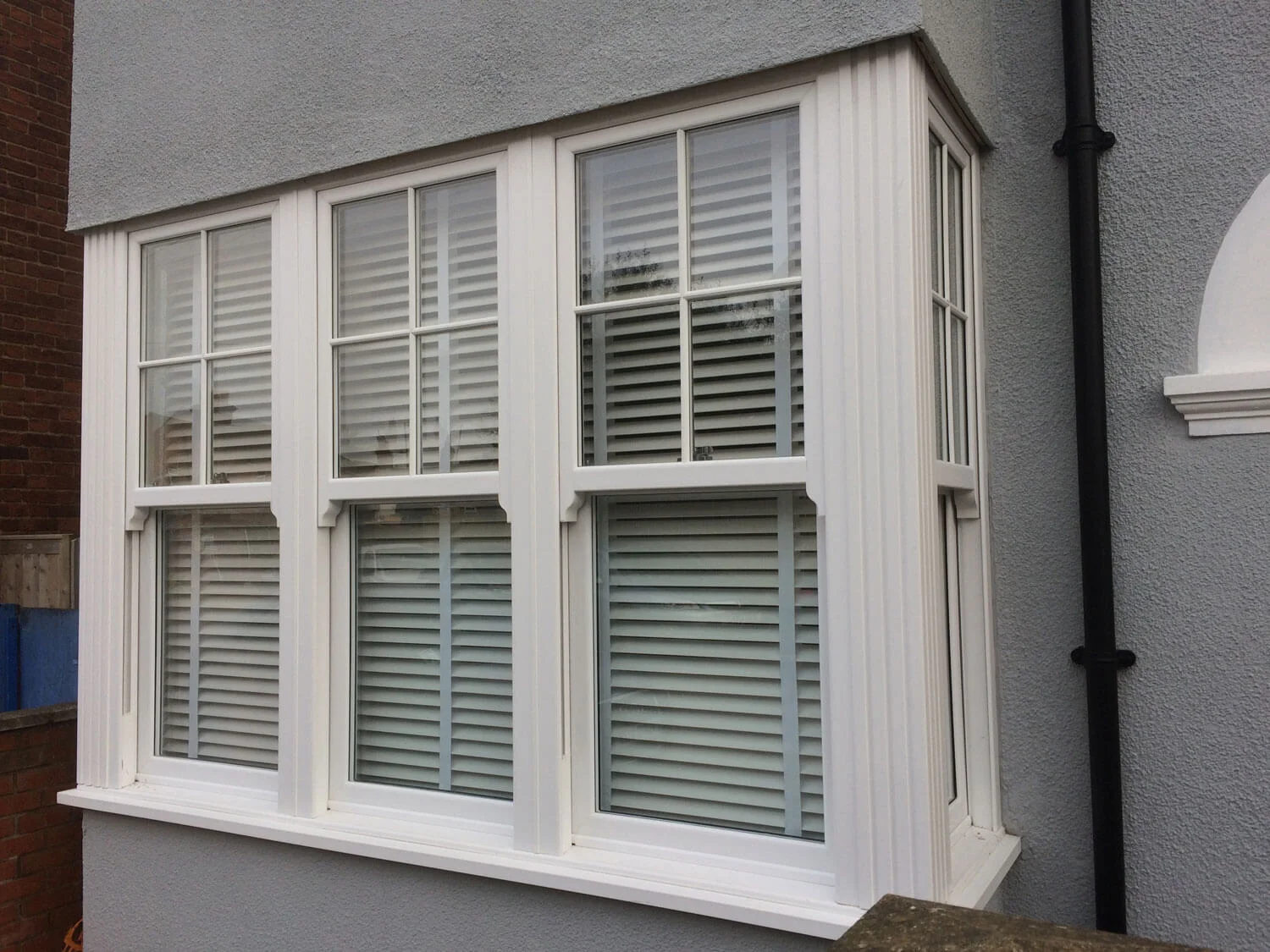
Sash Windows
Sash windows are a classic window style that adds a touch of elegance and sophistication to any home.
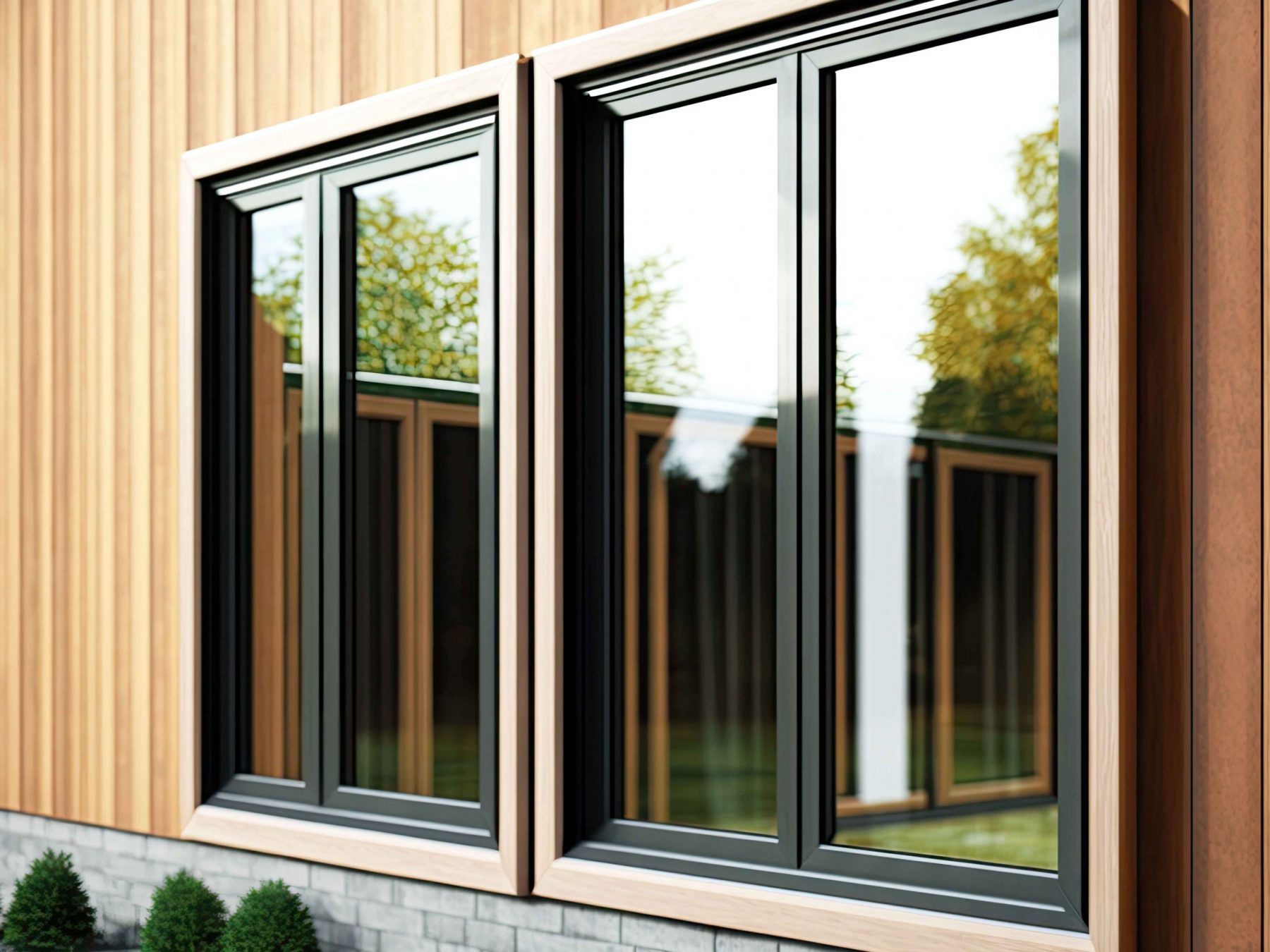
Aluminium Windows
Aluminium windows have emerged as a cornerstone, combining both aesthetic appeal and unmatched functionality.












